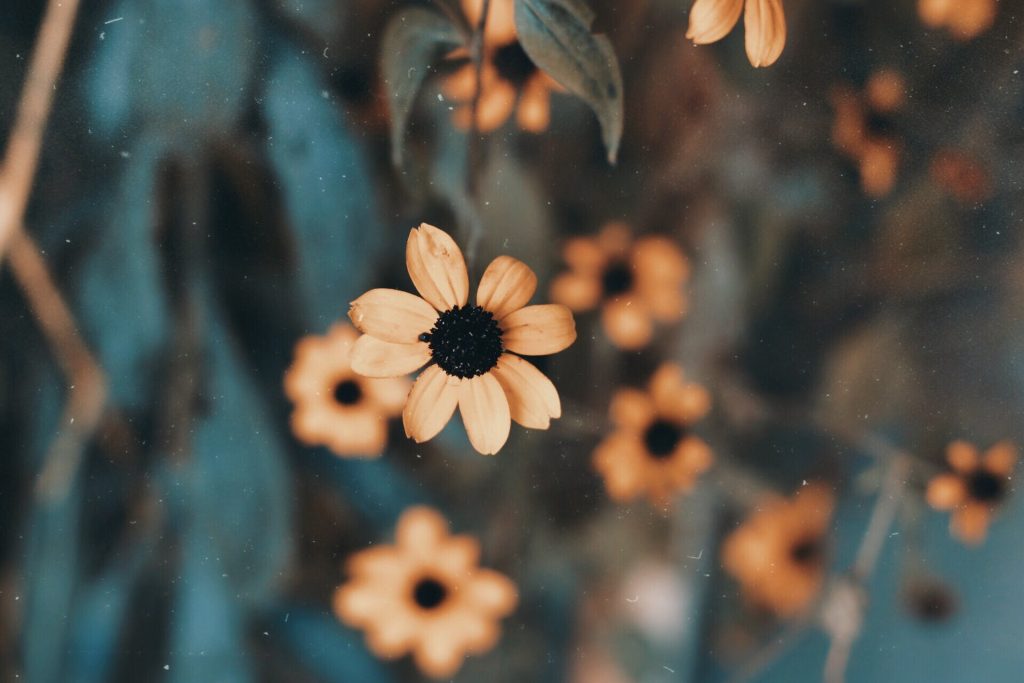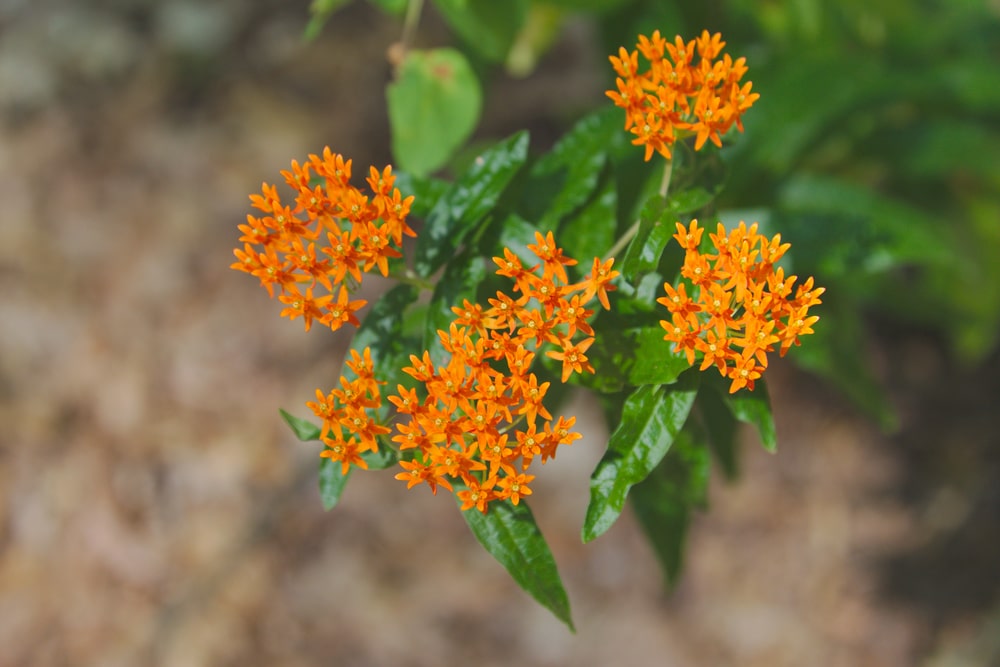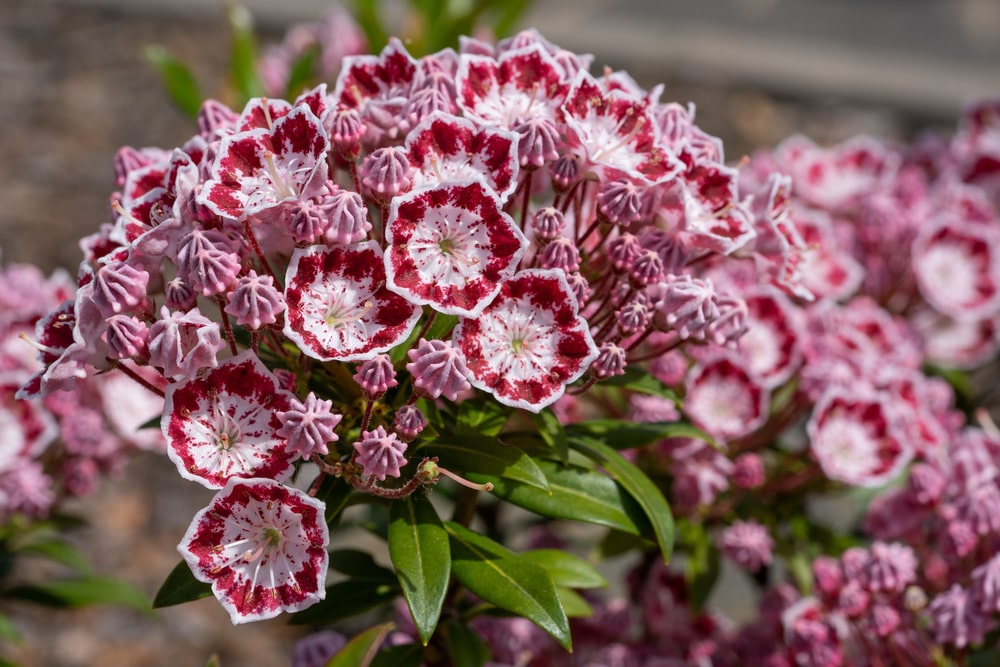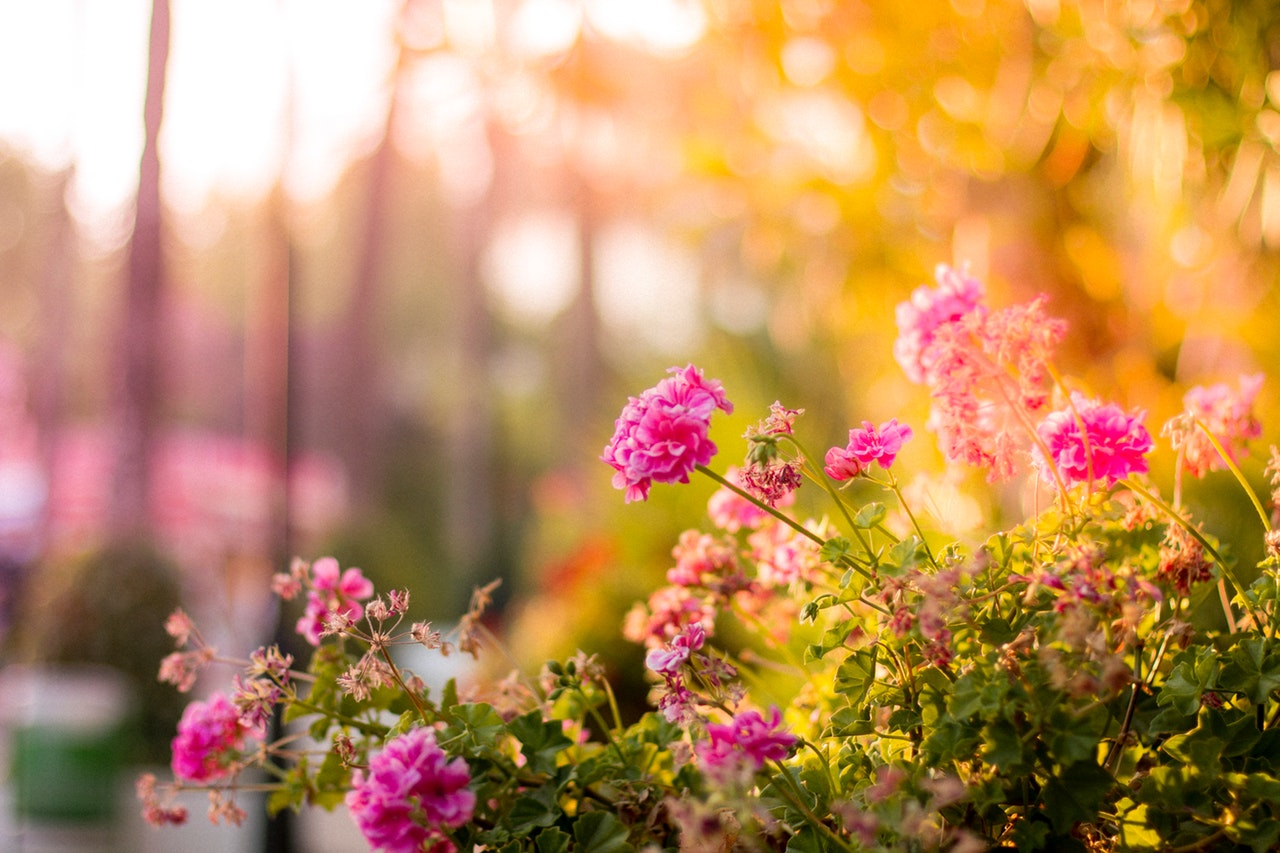In the quest for sustainable gardening, many Saunders Landscape Supply clients have turned to native plants in their Maryland and Virginia landscapes, which offer numerous environmental, practical, and aesthetic benefits. Let’s explore these advantages, supplemented by my experiences integrating these native wonders into my garden and those of my customers.
Environmental Benefits of Native Planting
Supporting Local Ecosystems
Native plants are integral to maintaining and enhancing local ecosystems. In my customers’ Maryland and Virginia gardens, including species like the Black-Eyed Susan and Eastern Redbud has had a remarkable effect. These plants have evolved alongside local wildlife and thus provide the necessary habitat and food sources.
For instance, the Black-Eyed Susan’s vibrant yellow flowers attract a variety of pollinators, including native bees and butterflies, while the Eastern Redbud offers nectar and pollen to early spring bees. Moreover, the dense foliage and branches of these plants offer shelter and nesting sites for local birds. This bolsters local biodiversity and brings a dynamic and vibrant ecosystem to local backyards.
Learn More: Attracting Pollinators Like Bees and Butterflies to Your Garden

Water Conservation
Another significant benefit of native plants is their adaptation to local climate conditions, leading to less water usage.
My experience in integrating plants like the American Witch Hazel into my garden landscape has been eye-opening. This particular plant, accustomed to the climate of Virginia, requires minimal additional watering, even during dryer periods. This adaptation is due to their deep root systems, which allow them to access moisture deep within the soil, reducing the need for frequent irrigation.
This natural resilience contributes to water conservation, an essential aspect of sustainable gardening, especially in drought or water scarcity areas. By choosing native plants, I’m aligning my gardening practices with the broader conservation efforts in our region, ensuring that my garden not only thrives but does so in an environmentally responsible manner.
Soil Health
Native plants also play a crucial role in maintaining and improving soil health. In my customers’ gardens, integrating high-quality topsoil and organic mulch from Saunders Landscape Supply, combined with the planting of native species, has led to noticeable improvements in soil quality.
Native plants tend to have varied and extensive root systems which help stabilize the soil and reduce erosion. These roots also contribute to the soil’s organic matter as they decompose, enhancing soil fertility.
The use of organic mulch, in particular, has been beneficial in my own garden, as it decomposes over time, adding nutrients back into the soil and improving its texture and water retention capabilities. This creates a healthy foundation for growing plants, fostering a vibrant garden ecosystem. Additionally, healthy soil supports microorganisms and insects essential for nutrient cycling, further contributing to the overall health of my garden.
Practical Advantages
Low Maintenance
One of the most significant benefits of native plants is their low maintenance requirements. Adapted to Maryland and Virginia’s specific climate and soil conditions, these plants are adept at thriving with minimal human intervention.

In my garden, I have observed that native species like the Butterfly Weed and Joe-Pye Weed require less frequent watering, fertilizing, and pruning than non-native species. Their natural adaptation to the local environment means they thrive with less effort. This adaptability has made my gardening experience more enjoyable and sustainable.
Pest Resistance
Another notable advantage is the inherent pest resistance of many native species. Plants like the Swamp Milkweed, native to our region, have developed natural defenses against local pests and diseases over centuries. I have noticed a marked decrease in pest-related complaints from customers who have integrated these plants. This natural resilience reduces the reliance on chemical pesticides, which is beneficial for the environment and the health of the garden ecosystem. It also means a safer garden space for family and pets, as well as for the beneficial insects and pollinators that visit.
Longevity and Durability
The durability and longevity of native plants are truly remarkable. They are well-equipped to withstand local weather extremes, from the humid summers to the frosty winters common in Maryland and Virginia.
For instance, the Purple Coneflower in my garden has not only survived but flourished despite last year’s fluctuating temperatures and erratic weather patterns. These plants have a natural resilience that allows them to recover from environmental stresses more effectively than non-native species. This resilience ensures they can live longer and continue to contribute to the garden’s beauty and biodiversity year after year.
Aesthetic and Cultural Value
Year-Round Interest
The seasonal variety of native plants provides a continuously changing landscape that is both beautiful and engaging. In the spring, my garden is a symphony of colors with the blossoming of Dogwood trees and the vibrant hues of Wild Columbine. As summer approaches, the lush greenery and the flowering of plants like the Mountain Laurel and the Cardinal Flower create a lively and vibrant scene. Autumn brings its own palette, with the Virginia Sweetspire displaying striking red and orange foliage, while the berries of the American Beautyberry add pops of purple. Even in the depths of winter, native grasses like Switchgrass and the evergreen foliage of plants like the Eastern Red Cedar, still look great. This year-round appeal is aesthetically pleasing and keeps the garden lively and dynamic throughout the seasons.

Preserving Local Character
Incorporating native plants is also a way of preserving and celebrating the unique character of our regional landscapes. By cultivating various plants native to Maryland and Virginia, our customers’ gardens have become a reflection of the area’s natural heritage. They serve as living examples of the region’s diverse plant life and contribute to preserving our natural history. This preservation is not just about maintaining the visual appeal but also about keeping the indigenous flora thriving, which is integral to our region’s ecological and cultural identity.
Habitat Creation
Perhaps one of the most fulfilling aspects of using native plants has been their role in creating diverse habitats. By helping customers cultivate a variety of native species, Saunders Landscape Supply has replicated miniature ecosystems in the community, attracting and supporting a wide range of wildlife. This includes providing nectar sources for pollinators, host plants for butterfly larvae, and shelter for small mammals and birds. For example, Milkweeds have attracted monarch butterflies, offering them a crucial breeding ground. Fourteen species of Milkweed are native to Virginia. This habitat creation forms a living, breathing space that supports and nurtures local biodiversity.
What You Can Do
The integration of native plants into our Maryland and Virginia landscapes offers a plethora of benefits.
If you’re inspired to embark on this journey, begin by exploring the native plant offerings in Virginia and Maryland and consider quality mulch and topsoil from Saunders Landscape Supply to give your garden a strong foundation. Let’s cultivate gardens that are not only beautiful but also beneficial for our local ecosystem.

